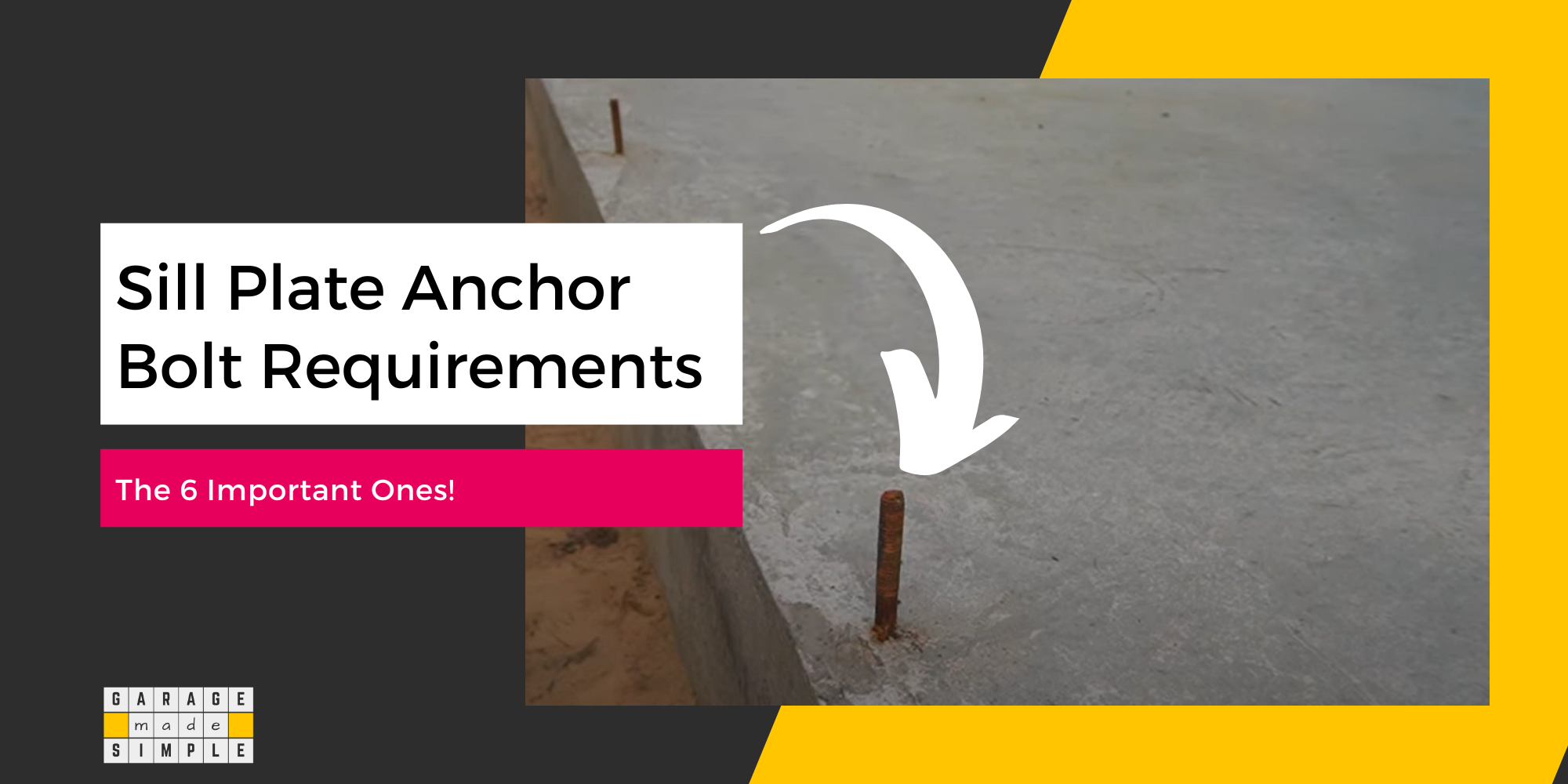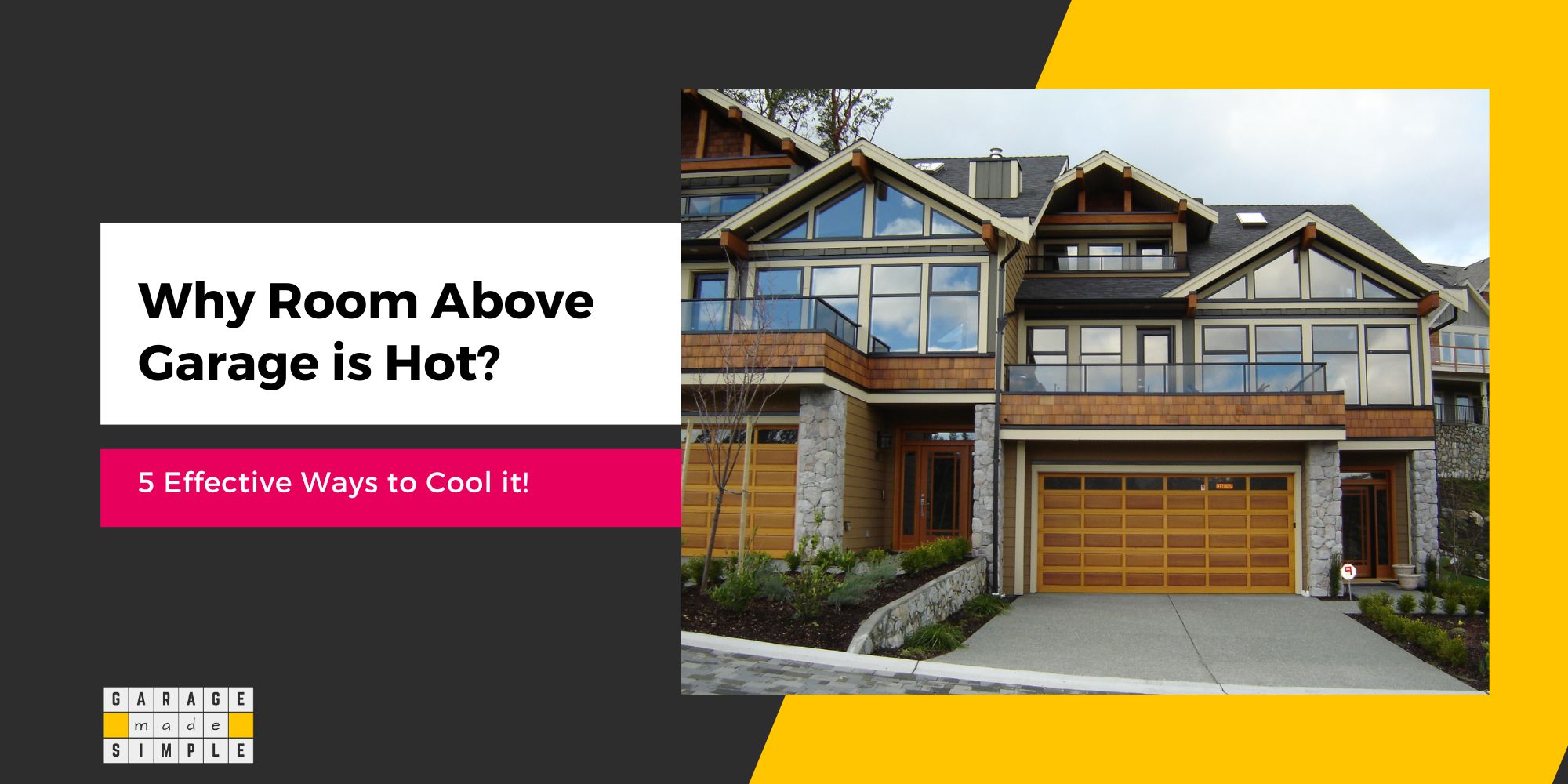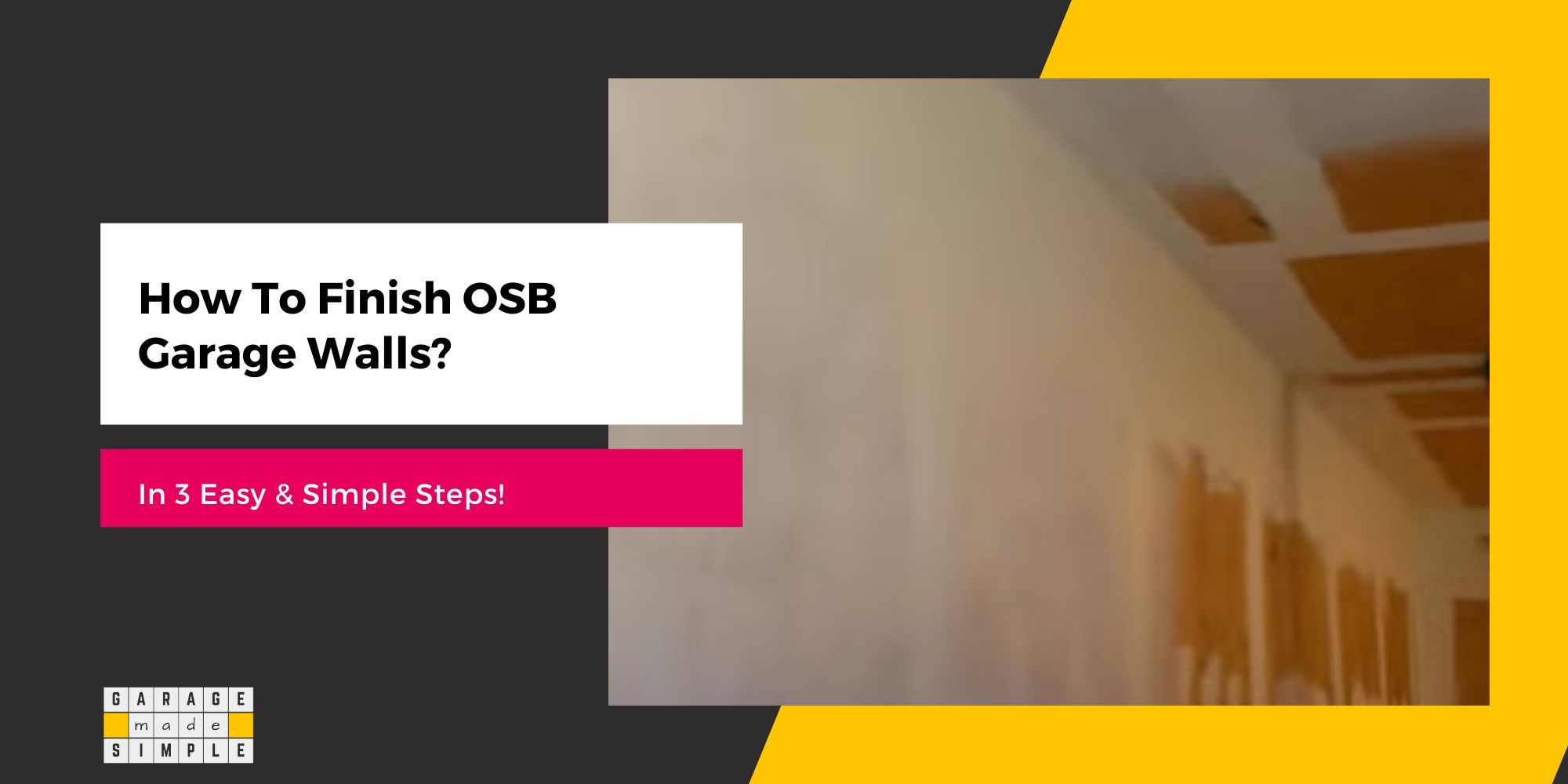10 Best Reasons for Garage Insulation and Drywall
As an Amazon Associate, I earn from qualifying purchases.
Importance of Garage Insulation and Drywall
When you are building a new garage, you want a nice, comfortable space without breaking the bank. Going for garage insulation and drywall at the same time make a lot of sense and results in considerable savings.
There is a cost to putting up the garage structure which includes foundation, flooring, stud walls, garage door and the roof. Insulation and wall sheathing are part of the garage finishing. So should you insulate and drywall your garage?
Insulating your garage will save you money by reducing your energy bills. Drywall is among the cheapest ways to sheath your garage wall. When you do garage insulation and drywall at the same time, you recover the upfront cost from lowered energy bills and increased garage utilization.

This post explains the top 5 benefits of insulating your garage and top 5 benefits of using drywall as interior wall sheathing.
Top 5 Reasons To Insulate Your Garage
You get several benefits when you insulate your attached garage. In fact, garage insulation pays for itself in savings & convenience, over a period of time.
The top 5 reasons to Insulate your garage are:
1. Reduced Energy Costs
Insulation prevents the loss of heat in winter and the gain of heat in summer.
During winter, a cold attached garage will drain away the house heat. To keep yourself warm you will have to use more energy to heat the house.
In the summer, a hot attached garage will conduct & radiate heat into the house. To keep yourself comfortably cool, you will have to spend more money on air conditioning bills.
2. Increased Garage Usage
Gone are the days when your garage was used only to park cars and general storage. There are varied ways, some traditional, others more creative, in which you can use your garage.
Having a workshop in the garage is pretty common. Keeping fit by incorporating a gym, yoga space, or a dance floor in the garage has been gaining popularity. Men would love to have a “man cave”, women a hot tub and kids a craft center in the garage.
Insulation will let you better utilize your garage space.
3. Prolonged Life of Stored Items
High heat in the garage can be detrimental to the performance & life of most of the items you keep in your garage.
Car battery fluids evaporate faster and resins & adhesives used in car parts deteriorate quicker in hot conditions. Viscosity of lubricants & brake fluids drops leading to higher wear & tear and poor performance.
Several items stored in your garage are meant to be stored in a “cool, dry place”. For example, paint should be stored in temperatures between 50° F and 75° F. Sporting goods such as golf clubs, canoes, skis, etc. also deteriorate in high temperatures.
Insulation will keep your garage cooler and items in your garage in good condition for longer.
4. Safer Garage Conditions
Insulation reduces humidity in the garage and condensation on the floor. The floor life will increase and also reduce risk of slipping on wet floors.
When outside temperatures drop to below freezing an insulated garage will still stay above freezing. An insulated garage can save you from the cost & trouble from frozen & burst pipes. It will also prevent ice formation on the floor and the need to use deicing salts.
5. Increased Home Value
This is a no brainer! A prospective buyer will certainly be willing to pay a higher price if the garage is insulated.
Top 5 Reasons To Drywall Your Garage Walls
You need to finish your garage and that requires you to sheath the stud frame. While several sheathing alternatives to drywall exist, drywall has some unique advantages.
The top 5 reasons to drywall your garage walls are:
6. Required by Code
Drywall is fire resistant. Drywall is specifically, though not exclusively, mentioned in Section R302.6 and Table R302.6 of The 2021 International Residential Code (IRC).
The garage shall be separated as required by Table R302.6. Openings in garage walls shall comply with Section R302.5. Attachment of gypsum board shall comply with Table 702.3.5. The wall separation provisions of Table 302.6 shall not apply to garage walls that are perpendicular to the adjacent dwelling unit wall.
Table R302.6
| Separation | Material |
| From the residence and attics | Not less than ½-inch gypsum board or equivalent applied to the garage side |
| From all habitable rooms above the garage | Not less than 5⁄8 -inch Type X gypsum board or equivalent |
| Structure(s) supporting floor-ceiling assemblies used for separation required by this section | Not less than ½-inch gypsum board or equivalent |
| Garages located less than 3 feet (914 mm) from a dwelling unit on the same lot | Not less than ½-inch gypsum board or equivalent applied to the interior side of exterior walls that are within this area |
For a detached garage, you may use drywall or an alternative to drywall, provided the detached garage does not have an adjacent dwelling unit (ADU).
NOTE: Generally speaking drywall has very poor water and mold resistance. However, it is possible to buy mold resistant drywall from the well known brands such as Sheetrock.
7. Cheapest Sheathing
A cost comparison between the various sheathing materials that you could use is as under:
Summary Table
| Sheathing Material | Cost to cover a 20’X8′ Garage Wall |
| Drywall | $ 63.42 |
| Cement Board | $ 93.96 |
| OSB | $206.70 |
| Plywood | $248.10 |
Drywall costs just a quarter of what plywood would cost.
8. Easy to Work With
For the most part you will install complete 4 ft. x 8 ft. boards. A utility knife and a straight edge or drywall T is all you need to make straight cuts, when required. Drywall snaps cleanly.
Drywall is around 30% heavier than plywood. While you can install drywall alone an additional pair of hands can be helpful.
9. Easy to Patch Up
Drywall does get nicked and dented quite easily. Fortunately it is quite easy to patch up the damage.
Minor dents, holes and cracks should be filled with spackle using a putty knife. Smoothen out the surface and let the spackle dry. Once dry, sand the area, touch it up with paint and you are good to go.
For larger holes or damages, you need to cut out a rectangular section around the damage and remove that part of the drywall. Create a support for the new patch that will replace the old patch you just removed.
The new patch should be the same size. Position it in the gap and secure it to the support and or studs with screws. Use self-adhesive fiberglass drywall tape and joint compound to fix the seams.
10. Appealing Finishing Touch
The drywall creates a cavity between the garage wall studs and the drywall. This cavity can be filled up with an insulating material. You can use any of the following insulation options:
- Insulation Batts or Rolls
- Fire Resistant Rigid Foam Boards
- Spray Foam
Drywall is also a great way to hide the plumbing, electrical wiring, TV & Internet cables, etc. You can prime & paint the drywall in any color. This will make your garage bright & a more livable space.
When Should You Insulate and Drywall Your Garage?
The best time to insulate and drywall your garage is after the structure is ready and the utilities have been put in, but before you start moving in the furniture and shelving. In the long run this will save you money and a lot of time & effort.
Drywall is great, but you need to be careful about physical impacts and water leakage or flooding.
Thank you very much for reading the post. I do hope you found it informative and useful.






